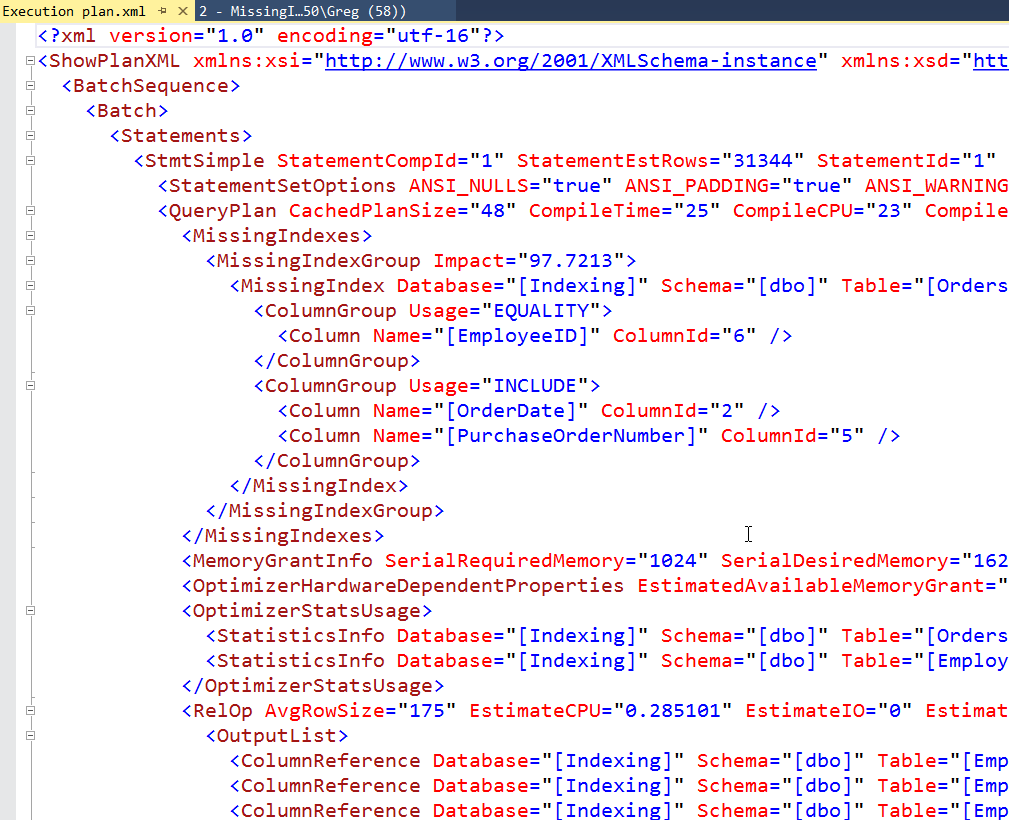SQL: Is indexing bit columns useful in SQL Server?
One data type that’s often been quite controversial is the bit data type. So a bit is where we have an individual value, which is either a zero or one. They’re the only values allowed unless it’s NULL.
Always keep in mind when you’re working with bits in SQL server that they’re aren’t just 2 potential states, there are three. It can be zero, or one, or it can be NULL. That is, it can have no value at all.
2018-12-31



